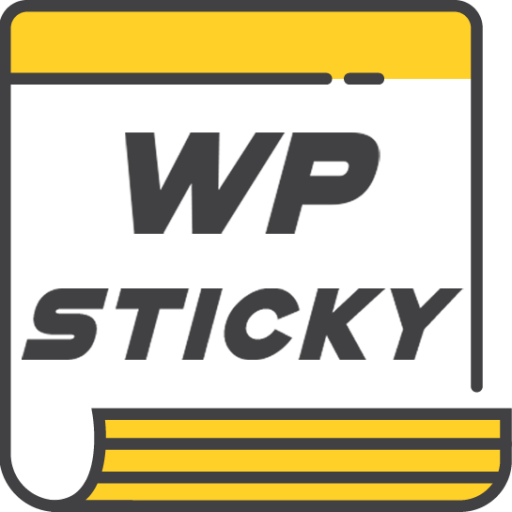There are several vital steps to successfully developing a progressive web application from scratch. PWAs enable today’s websites to function just like native mobile applications. These apps use manifests, service workers, and other platform capabilities to give users a simplified, accessible experience.
Of course, this is known to maximize performance, reduce loading time, empower offline operations, and simplify updates. As an app developer yourself, you should know the end-to-end steps for building your own tech product. You just need a working knowledge of web design best practices, coding languages, and quality assurance (QA).
To get started, read on to learn how to develop a progressive web app (PWA) from scratch.
Outline Development Goals

Before you dive into coding, take some time to outline your PWA development goals. When setting objectives for your app engineering project, follow the SMART goal criteria. This will ensure your goals are specific, measurable, attainable, relevant, and time-bound.
Naturally, this makes objectives easier to define, track, analyze, and measure. Of course, this can guide your focus, sustain project momentum, and trigger productive behaviors. Later on, they will help you gauge the overall success of the PWA project.
Definitely, outline development goals to build a powerful PWA from scratch in 2022.
Adopt Forward-Thinking Security Protocols

Next, adopt forward-thinking security protocols to succeed in progressive web app development. Ideally, you should aim to integrate security into every phase of your PWA development pipeline. That’s exactly what’s encouraged by DevSecOps culture and principles.
If you are wondering what is DevSecOps, it is a set of practices to ensure security is an integral component of the development lifecycle. Introducing these tactics into a working development environment requires operational, cultural, and process-based change. Adopting security-focused principles, teams can leverage automated governance, simplify scalability, and accelerate delivery rates.
At the same time, DevSecOps promotes security uniformity and self-servicing functionality. Certainly, adopt forward-looking, proactive security protocols to develop a PWA.
Build an Application Shell
With security principles in mind, you can start working on your PWA’s exterior shell. The shell is the first thing end users see once your application loads. Think of it as the outline of your web app. To accelerate load speeds and improve user experience (UX), make the shell a core piece of your index HTML document.
Also, use inline CSS to guarantee everything populates quickly. Once configured, this shell serves as the foundation for progressive app enhancement. Therefore, your PWA should distribute this information to users as quickly as possible.
This way, populated data can be progressively improved and optimized. Surely, develop the application shell to build a powerful PWA from scratch.
Construct Service Workers

Now, you are ready to start configuring your PWA’s service workers. Service workers are a foundational piece of the progressive web application. They are responsible for push notification, offline access, and rapid load speed functionality. These workers are middleware code files – which sit between the server and application.
Once implemented, these intercept digital requests, then determine how to respond. To develop these assets, start by registering your browser and installing script files. Then, you can run fetch events, which tell service workers how to manage intercepted content. After this, create an activate event to manage existing cached resources.
Indeed, construct service workers to develop a powerful, high-quality, and scalable progressive web application.
Inspect Your Code

At this point, it is time to start inspecting your code for bugs, errors, or defects. Test your code for secure network connection, offline loading, mobile-friendly design, and push notification distribution.
In terms of design, you should also review brand colors, splash screens, and user flow. If you encounter any errors, look at the syntax, as well as the underlying technologies that run the app. With this approach, you can drill down on any issues with security, speed, performance, or operability.
Naturally, this helps inspire stakeholder confidence, prevent catastrophic technology emergencies, and accelerate the PWA release date. Absolutely, code inspection is a crucial part of progressive web application development.
Final Thoughts
There are several steps to developing a progressive web app from scratch. First and foremost, outline some of your highest priority development goals.
Next, adopt forward-looking, proactive, and strategic application security principles. This will help throughout the initial coding and quality assurance stages. Then, get to work on developing the applications shell. You can now start working on developing your service workers. After this, get ready to start thoroughly inspecting your code.
Follow the points highlighted above to learn how to develop a progressive web app (PWA) from scratch.
